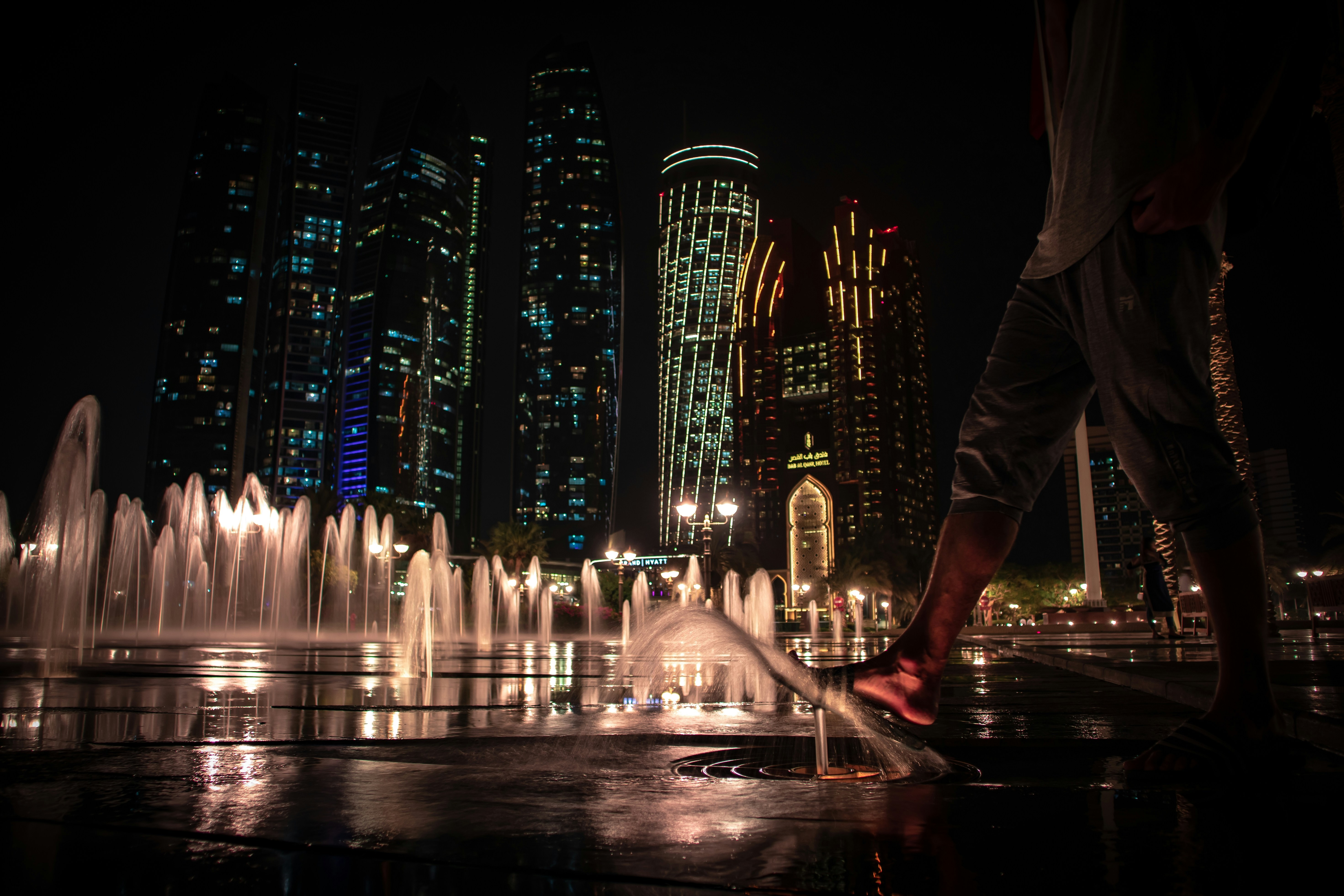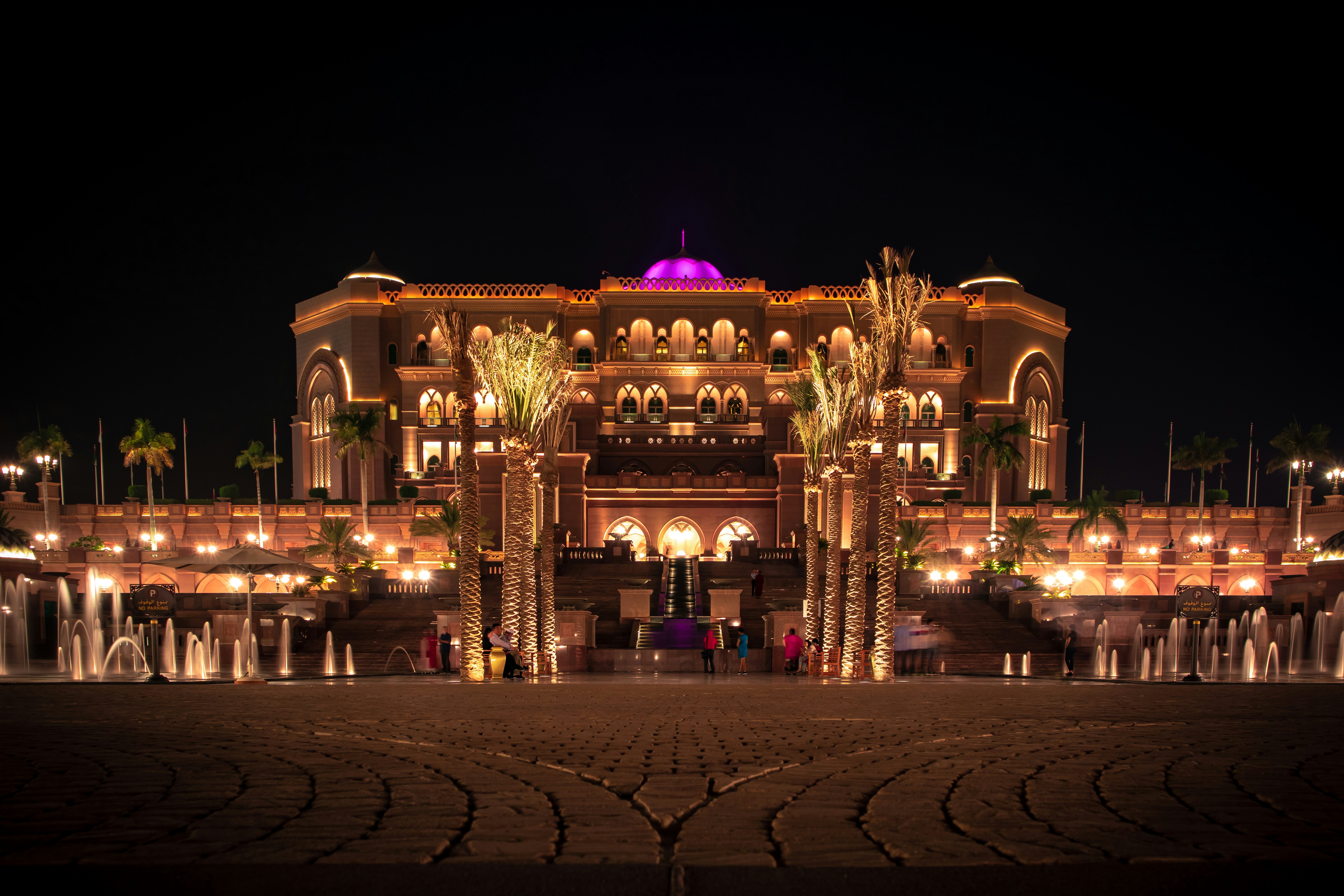
Abu Dhabi is the political heart of the Emirates, home to the government, the presidential office, and the Ministry of Defense. While Dubai shines as a stage for commerce, spectacle, and global visibility, Abu Dhabi stands for predictability, order, and a deep-rooted commitment to security policy. This is where the strategic decisions that shape the nation’s course are made—from energy policy to diplomatic alliances. Abu Dhabi has deliberately set itself apart from Dubai’s frenetic pace. Less flash, more substance. Less short-term market buzz, more long-term stability. This approach is reflected in its international reputation: Abu Dhabi is seen as a reliable partner, a place where not only business is conducted but where the groundwork for geopolitical security is laid. A summit like B-Safe26 finds the foundation it needs here—not the backdrop of a commercial metropolis, but the substance of a political center that understands security as a lasting resource.

The Emirates Palace in Abu Dhabi is not just a hotel in the conventional sense; it is a strategic landmark at the heart of the United Arab Emirates. Built in 2005, during a time when the country was solidifying its role as a regional powerhouse and global player, it was deliberately designed as a symbol of national stability. While Western capitals draw on centuries-old palaces and residences, the young Emirate created its own monument—a testament to a nation that, in just a few decades, transformed itself from a pearl-diving economy into a geopolitical hub. Its location is no coincidence: Abu Dhabi, the political center of the federation, stands as a beacon of continuity in a region marked by upheaval. Constructed near government offices and embassies, the Emirates Palace quickly became a meeting point for heads of state, business leaders, and decision-makers. Its architecture blends Arab tradition with Western modernity, using materials like granite, marble, and gold that convey permanence. Every stone in this building speaks of stability. For a summit like B-Safe26, focused on security, resilience, and shaping the future, this setting is more than fitting—it’s profound. The Emirates Palace provides the historical context of a nation that, in less than 50 years, rose from uncertainty and geopolitical obscurity to become a globally recognized force for order. This is not merely a backdrop; it is part of the message. Discussions held here unfold in an environment that views security not as mere defense, but as a vision for a crafted future. Thus, B-Safe26 at the Emirates Palace becomes a meeting at the intersection of history and tomorrow—set within the symbolism of a place that stands for continuity, reliability, and the power of renewal.